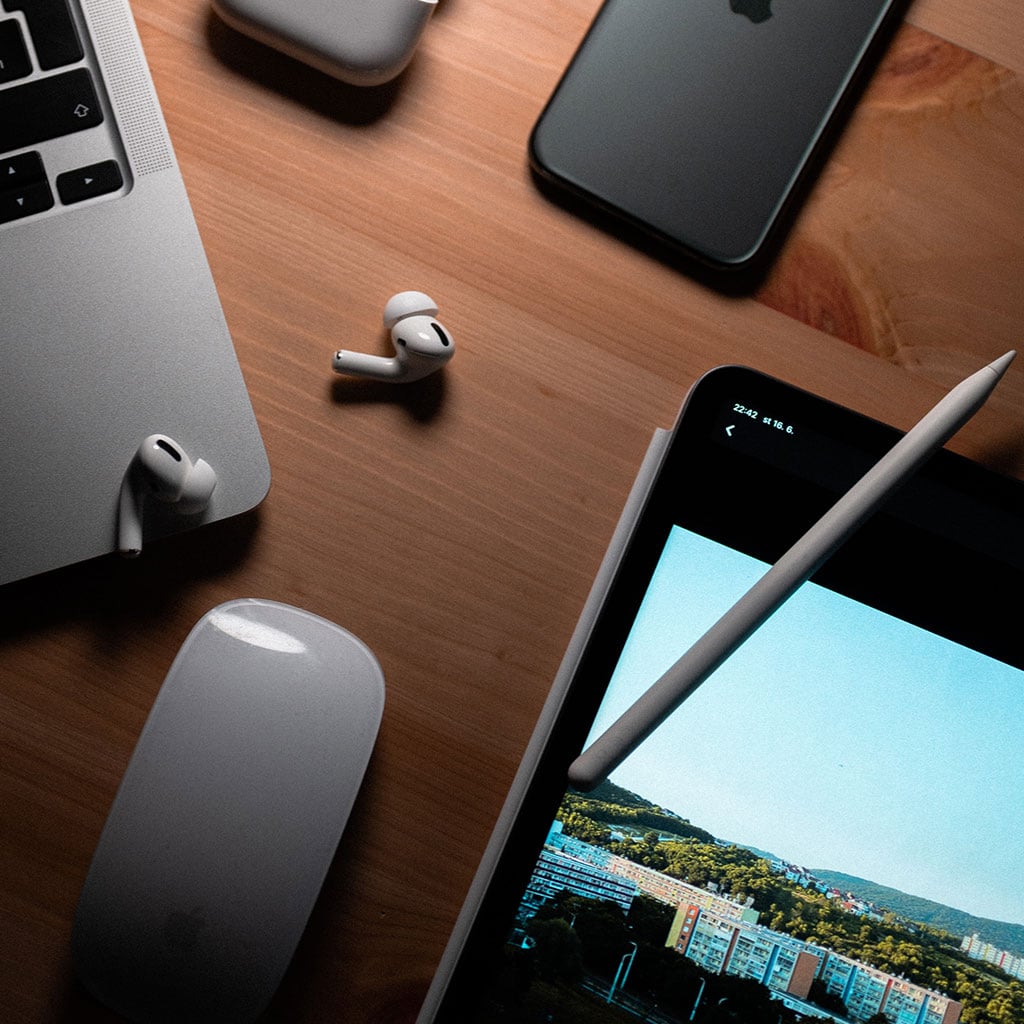How to use stage manager on iPad
How to use stage manager on iPad
Managing your stage productions with ease and precision on your iPad is made possible with Stage Manager. In this guide, we’ll walk you through the steps and features of Stage Manager, helping you streamline your theatrical productions and events.
Unlock the full potential of your iPad with our step-by-step guide on mastering the art of stage managing!
Using Stage Manager on your iPad offers a powerful tool for organizing and managing stage productions and events. Here’s a detailed guide on how to make the most of it:
1. Accessing Stage Manager:
- Ensure you have the Stage Manager app installed on your iPad. You can download it from the App Store if it’s not already installed. Look for the Stage Manager app icon on your home screen.
2. Opening the App:
- Tap the Stage Manager app icon to open it. You’ll see the Stage Manager interface, which typically consists of app windows and menus.
3. App Library and App List:
- Stage Manager organizes your production-related apps and tools in the App Library or App List, typically located on the left side of the screen. This is where you can access various apps for different aspects of stage management.
4. Selecting iPads:
- If you’re working with multiple iPads for your production team, Stage Manager allows you to select and manage specific iPads for different tasks. Look for the “Select iPads” or similar option in the menu bar to choose which devices to work with.
5. Display Options:
- Stage Manager often provides various display options to help you manage your production efficiently. These options may include different views, such as grid views, list views, or a combination of both. Explore the display options typically located in the menu bar or top-left corner of the app.
6. Key Features:
- Familiarize yourself with Stage Manager’s key features, which can vary depending on the version and configuration. These features may include script management, cue lists, communication tools, and more. Explore these tools in the app windows to manage your production effectively.
7. Using App Windows:
- Navigate through the app windows to access specific functions and tools. For instance, you might have a script window, cue list window, and communication window. Use these windows to input, organize, and communicate important details.
8. Saving and Managing Data:
- Ensure that you save your work regularly within Stage Manager to avoid losing important data. Look for the save or sync options, which might be in the menu bar or within individual app windows.
Stage Manager on your iPad provides a comprehensive platform for managing your stage productions and events. With its various features and tools, you can efficiently organize scripts, cues, communication, and more, ensuring a smooth and successful production. Explore the app’s interface, customize it to your needs, and utilize its capabilities to streamline your stage management tasks.
How can I save and manage data within Stage Manager to ensure smooth production management?
To save and manage data within Stage Manager for smooth production management, follow these steps:
1. Regularly Save Your Work:
- While using Stage Manager, it’s essential to save your work frequently to prevent data loss. Look for a “Save” or “Sync” option within the app’s interface, often located in the menu bar or within individual app windows. Clicking this option will ensure that any changes you’ve made are stored and synced with other devices if applicable.
2. Organize Your Data:
- Keep your data organized within Stage Manager to streamline your production management. This can include creating folders or categories for scripts, cue lists, communication logs, and other production-related information. By maintaining a tidy and well-structured data organization system, you can quickly locate and access the necessary information during rehearsals and performances.
3. Backup Your Data:
- Consider setting up regular backups of your Stage Manager data, especially if you’re using it for critical productions. You can use backup solutions such as iCloud or export data to an external storage device. This way, you’ll have a safety net in case of unexpected data loss or device issues.
4. Utilize the Entire Display:
- If you’re using an iPad along with a Mac Studio or another device, take advantage of the full-screen view and entire display. This can provide more workspace for managing your production data and tools effectively. Explore options for optimizing your screen layout to suit your preferences and requirements.
5. Multi-Window Usage:
- Stage Manager often supports multi-window usage, allowing you to work with multiple app windows simultaneously. Take advantage of this feature to have various production-related tools and data visible and accessible at the same time. You can often switch between windows or arrange them to best suit your workflow.
By following these steps and effectively saving and managing your data within Stage Manager, you can ensure a smooth and organized production management process. This not only enhances efficiency but also provides you with a reliable system for handling the complexities of theatrical productions.
Conclusion
In conclusion, to use Stage Manager on an iPad, you’ll need to navigate through app windows to access specific functions and tools, save your work regularly within the app, organize your data into folders or categories, set up regular backups of your data, utilize the entire display if applicable, and take advantage of the multi-window usage. By following these steps and effectively saving and managing your data within Stage Manager, you can ensure a smooth and organized production management process.





You must be logged in to post a comment.